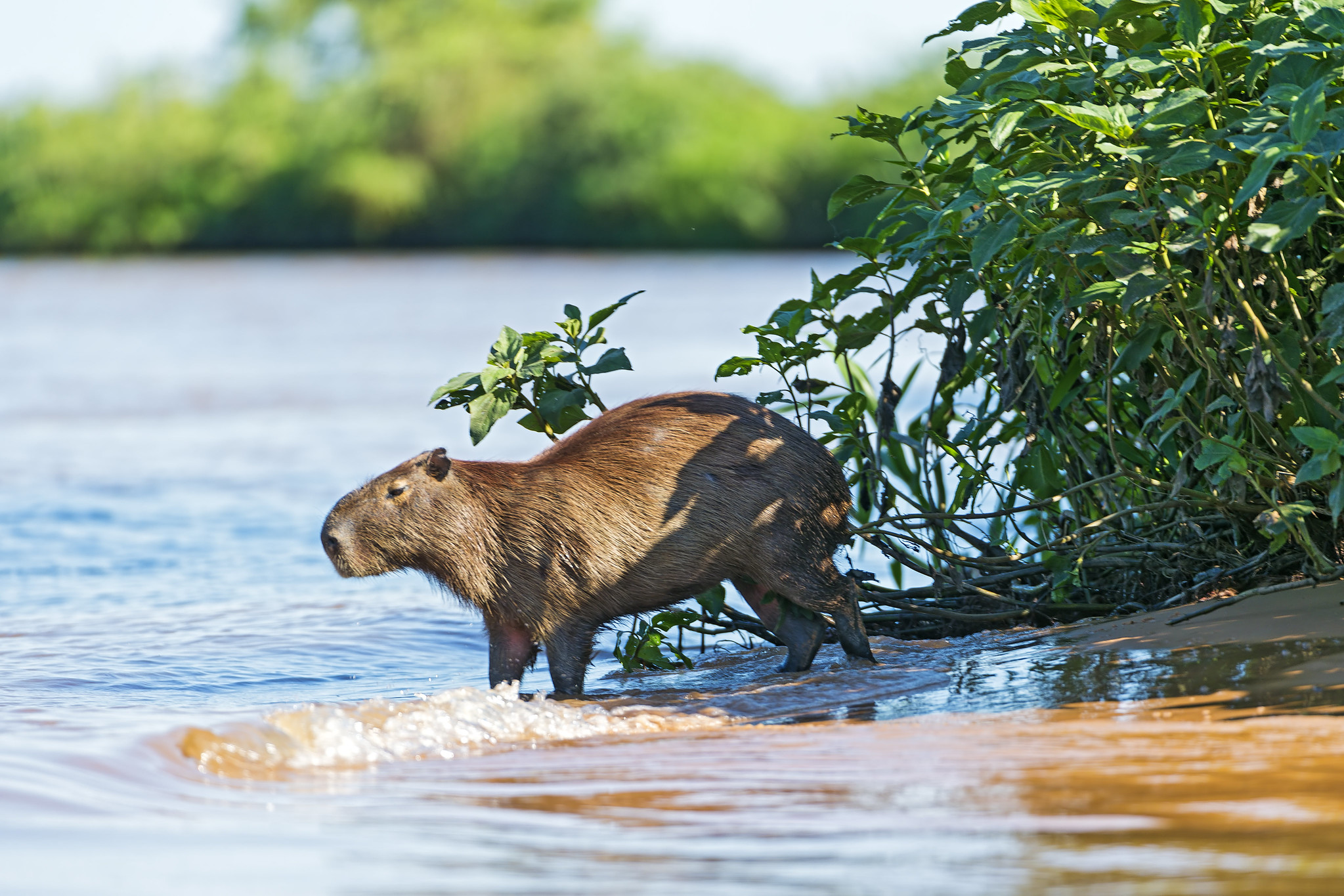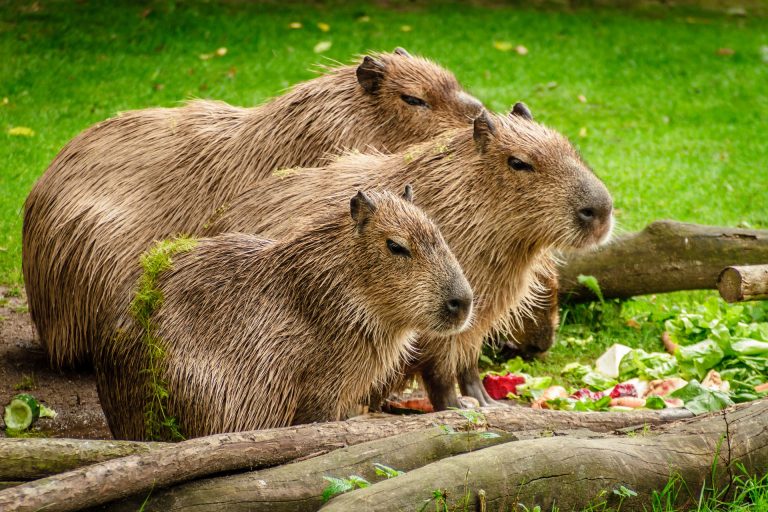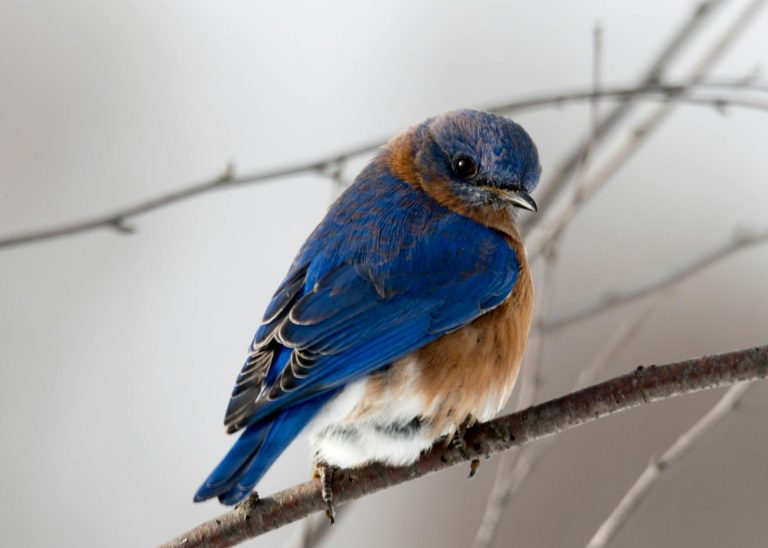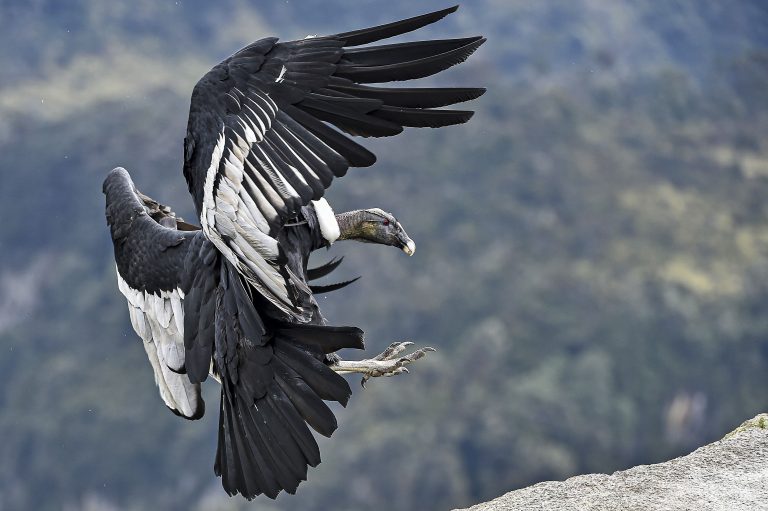Several wealthy Argentines, including business moguls and soccer stars, choose the Nordelta villas as luxury retreats to get away from the hustle and bustle of the city. However, it seems that residents are being put to the test as to how much nature they can handle.
The Nordelta villas were built in 1999 on the fringes of the Paraná River Delta north of Buenos Aires, originally wetlands where Capybara (Hydrochaeris hydrochaeris) once roamed freely.
According to WSJ, the exclusive gated community has recently been ‘swarmed by rodents the size of St Bernards that roam streets and soil pristine lawns in Argentina,’ describing them as ‘bully pets,’ and sparking demands for them to be relocated or castrated.
In the continuing Nordelta saga, it’s difficult to overlook the struggle between man and the environment. Residents and neighbors are unsure what can be done to resolve the situation. To hunt rodents, throughout much of South America one is required to first obtain permission from environmental authorities.
Capybaras, sometimes referred to as “water pigs” or “orinoca,” are huge, but essentially harmless. These South American natives resemble giant guinea pigs. The capybara is the sole surviving member of the Hydrochaeridae family, which is found in the order Rodentia, class Mammalia.
Success
You are now signed up for our newsletter
Success
Check your email to complete sign up
Two species have become extinct. The two remaining species are mainly limited to South America, although a small number of capybaras are now found in Florida.
As per Nordelta locals, capybaras prefer to dwell near high-end waterfront properties, which make for about 15% of the 3,000 residences. Cyclists and runners have been known to gather around capybaras blocking their routes as they chew on their favorite food – grass.
Clashing opinions
Gustavo Iglesias, a 62-year-old real estate broker and longtime resident of Nordelta, said, “I am not anti-capybara; I want to scratch their cute little belly like no one else, and people are afraid to do anything. No one wants to look like they are against nature.”
He said that when his dog was attacked two years ago, he discussed the possibility of reducing the capybara population. His 36-year-old daughter, who also resides in Nordelta, was vocal in opposing him.
“She thought I wanted to kill the capybaras! On the contrary. I love being with them, as long as there is balance,” he said.
Adrian Mazza, 47, a tour guide at a national park said, “I was outraged by the complaint from Nordelta residents. It is the humans who invaded the territory of the Capybara.”
The animals can be found in many zoos, where they are admired for their friendly and laid-back demeanor. They are often referred to as ‘gentle giants’ that are (albeit unlawfully) maintained as pets.

Being semiaquatic, Capybaras can be found sunning near man-made lagoons, where they are protected from natural predators like Jaguars and Caimans (the South American Alligator). While they may weigh up to 175 pounds, (27 to 79 kg) they are generally shy and docile, regardless of how imposing they seem.
However, capybaras have long been considered an agricultural nuisance and are hunted for their highly prized fur and meat, which is considered a delicacy in most South American countries.
A 47-year-old educator who did not want to be named said, “The rodents should be relocated due to the danger they pose to drivers and the damage they do to grass and palm trees. We can’t have a wild animal running on the main roads here.”
Ms. Ferreira, a Brazilian model who lives in Nordelta, shared a picture of a bleeding capybara on Twitter, claiming that a neighbor with buckshot had shot the animal. Another homeowner shared photos of a Capybara getting crushed by a vehicle.
Talia Zamboni, a biologist and environmentalist, lamented. “These things are always divided between right and left, rich and poor, and here in our midst are these little beasts caught.” Some environmentalists have cited the capybara in Nordelta as justification for pushing legislators to seek long-delayed legislation prohibiting development in Argentina’s wetlands.
A recent radio interview with Eduardo Costantini, the creator of Nordelta, tried to convince the people of Argentina that there were no intentions to harm animals. He also encouraged homeowners to find a method to live peacefully alongside the capybaras.
Mr. Costantini wrote an Instagram post saying, “Capybaras are defenseless and lovable creatures that need care and love from all of us.”
Marcelo Canton, an ex-journalist who is now a spokesperson for a local neighborhood association said several proposals have been presented to government authorities. One such project is the establishment of a capybara reserve on 500 acres in Nordelta. Still others are adamant that the animals must be relocated or castrated.
During the COVID-19 pandemic, Mr. Canton explained it’s been difficult to connect with the state wildlife authorities. So, while this is going on, the organization has placed road signs warning motorists and cyclists to be on the lookout for capybaras.
The spokesperson said, “It was very painful to see people accuse us of mistreating the capybaras, because we have a lot of respect for them here. We put a lot of money into making sure they are safe.”







